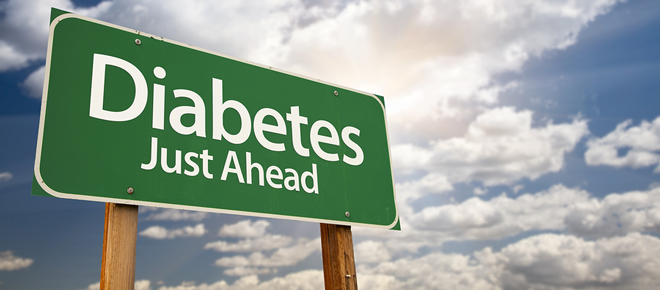
The relationship between type 2 diabetes and obstructive sleep apnea may be perceived as one of those “what came first, the chicken or the egg?” philosophical quandaries, but it seems like they are more one and the same than anything else. It is estimated that 50% of individuals who suffer from sleep apnea also have diabetes – in obese patients with type 2 diabetes, almost 86% have sleep apnea. The link is, indeed, unmistakable. It is commonly known that obesity is a risk factor for type 2 diabetes, but many people don’t know that sleep apnea can also be a risk factor. Understanding this link is important, because studies show that if you treat the sleep apnea – with regular CPAP therapy – you could also treat the diabetes.
You have probably heard a lot about type 2 diabetes, especially as America’s waist line gets bigger and bigger. But many people don’t even know what type 2 diabetes is and why it’s so bad. Type 2 diabetes is a condition whereby your body does not produce enough insulin. Insulin is a hormone that is produced by the pancreas that tells the liver and other fat tissue to absorb glucose, which is most commonly known by its stage name: sugar. When the blood has too much glucose coursing through it, havoc can ensue. Type 2 diabetes is considered a metabolic disease that continually gets worse – symptoms may start as frequent urination, but if left untreated could cause blindness and even death.
How does sleep apnea cause diabetes?
Obstructive sleep apnea causes the sufferer to stop breathing – sometimes hundreds of times a night. You can think of it like continually getting dunked underwater by your older brother’s annoying friends, but instead of doing it a few times – they keep doing it and doing and doing it – each time slowly starving you of oxygen. Overtime, this can start to affect your body’s ability to produce insulin and tolerate glucose, which can cause the sleep apnea sufferer to essentially become diabetic. Some of the initial onset symptoms of diabetes include feeling exceptionally thirsty, nauseous, and lightheaded. The real kicker is that diabetes can also negatively affect your sleeping patterns – as if sleep apnea hasn’t done enough damage in that department!
What is the answer to fighting type 2 diabetes? The answer is simple: dedicated, nightly CPAP treatment. When it comes to type 2 diabetes and obstructive sleep apnea, CPAP has been the hero in countless medical studies. CPAP can improve insulin production and it can level out glucose levels. Basically, CPAP therapy restores your body’s equilibrium and provides an adequate level of oxygen to flow, which can have incredibly mind-blowing restorative powers. Not only does CPAP restore blood oxygen levels, but it also offers a better night’s sleep, which can be healing in and of itself. CPAP therapy can also significantly reduce your chances of becoming diabetic in the first place. So, what is the next logical step? Obviously, if you have sleep apnea, it is critical that you undergo nightly CPAP treatment. Do it for your health and for your quality of life – if you have people you love and who love you, do it for them too.
*Insurance only covers the Home Sleep Test Package and not the Easy Sleep Apnea Test Package. The Home Sleep Test Package requires a prescription for the test from a doctor you see in person. Insurance requires this in person doctor visit. Click here for more details. Need more help? Call 866-564-2252.









